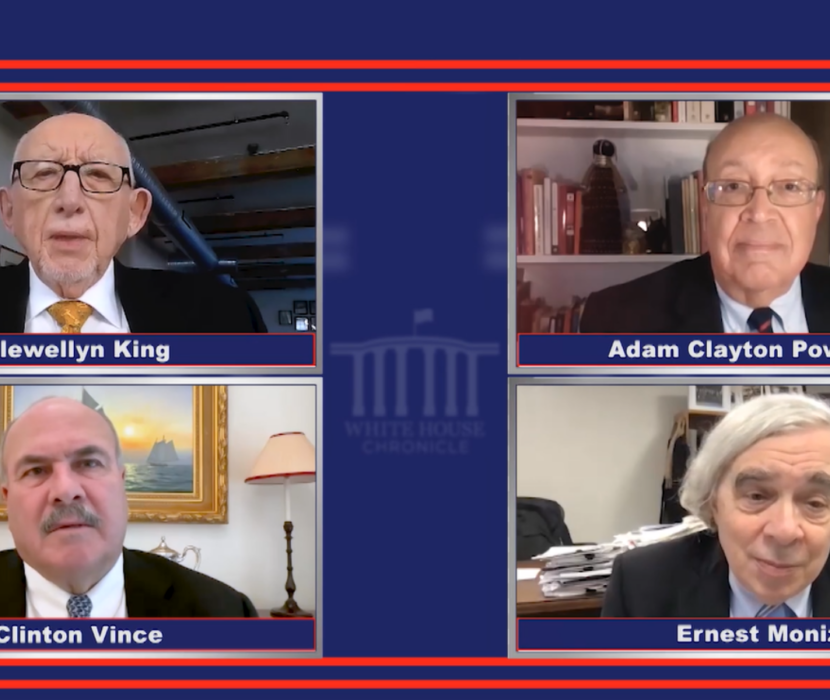
Washington, D.C. (September 29, 2020) — The Energy Futures Initiative (EFI), the National Association of State Energy Officials (NASEO), and BW Research Partnership (BWRP) today published a new resource for policymakers: an online repository of key data sets detailing energy, energy efficiency, and motor vehicles employment characteristics by sector, subsector, and technology area at the national and state levels as reported to BWRP by survey respondents for the 2017–2020 editions of the U.S. Energy and Employment Report (USEER), as well as county-level data used for the 2017 report.
The public release of these data sets — covering petroleum, coal, nuclear, natural gas, renewables, energy efficiency, motor vehicles, and other key technology areas — is critical to policymakers, academic researchers, and other practitioners seeking a deeper understanding of U.S. energy and energy-related jobs and strategies to support job creation, workforce development, and energy resilience. This data can be found at www.usenergyjobs.org.
“Since we started collecting this data in 2015, it’s been proven that five critical sectors of the energy economy have produced jobs at double the rate of the economy as a whole,” said Ernest J. Moniz, former Secretary of Energy (2013–17) and founder of EFI, said Moniz. “Understanding energy and its role in job creation in the U.S. economy is now more important than ever as we plan our post-COVID19 economic recovery and a reinvestment in our energy infrastructure.”
“These datasets will be a valuable resource to our governors’ energy directors and staff to help job creation, energy security, and clean energy-focused economic development,” added David Terry, Executive Director of NASEO. “We are deeply grateful to the diverse sponsors of the USEER, including over a dozen states across the country, for their support of the data collection.”
“Energy, energy efficiency and motor vehicles jobs fueled the U.S. economy prior to the COVID-19 pandemic, providing over 7 percent of newly created jobs over the past five years,” said Philip Jordan, Vice President of BW Research Partnership. “Given the steep job losses in the energy sector over the past six months, these datasets are critically important to inform policies that can rebuild our economy.”
“I am deeply concerned about the current plight of the American worker and hope researchers and policymakers will use this data to inform initiatives to transition to a robust U.S. economy,” said David Foster, USEER lead author and EFI Distinguished Associate.
Available Datasets Now on USEnergyJobs.org:
- 2016–2019 Energy, Energy Efficiency, and Motor Vehicles Sector and Subsector Employment: Full data set of all sectors and subsectors for the last four years of the report.
- 2016–2019 U.S. Energy Employment Data by the Five Sectors: Data on five sectors: Fuels; Electric Power Generation; Transmission, Distribution & Storage; Energy Efficiency; and Motor Vehicles & Component Parts.
- 2016–2019 U.S. Energy and Employment State Technology and Sub Technology Employment: Data set by state overview and characteristics of employment for the last four years of the report.
- 2017 County Level Data: Detailed data set for every county in the United States for one year as a sample of the granular level of information that is available.
(Share this post with others.)




